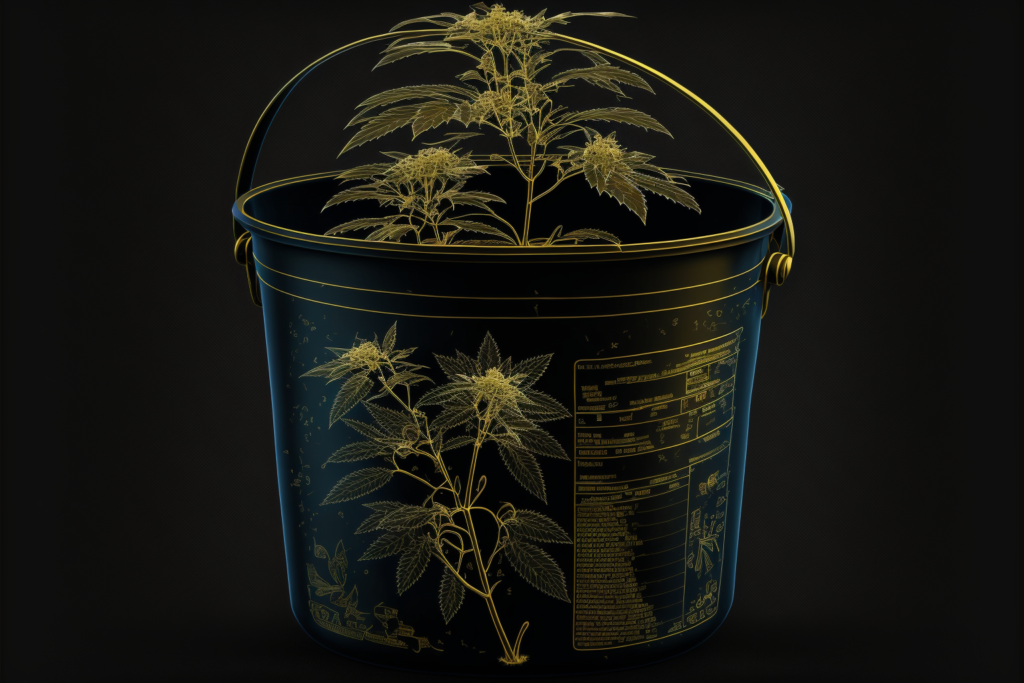A beginner’s guide to hydroponics terminology
If you’re new to the world of hydroponics, you may be feeling a bit overwhelmed by all of the technical terms and concepts involved. To help you get up to speed, we’ve compiled a list of some of the most common hydroponics terminology you’re likely to encounter.
Hydroponics
The term “hydroponics” refers to a method of growing plants using nutrient-rich water instead of soil. Hydroponics systems can be used to grow a wide range of plants, including fruits, vegetables, herbs, and flowers.
Nutrient solution
The nutrient solution is the water-based mixture of nutrients that is used to nourish plants in a hydroponics system. The specific nutrients included in the solution will vary depending on the type of plants being grown.
pH
pH is a measure of the acidity or basicity of a solution. In hydroponics, it’s important to maintain the proper pH level in the nutrient solution to ensure that plants can absorb the nutrients they need.
Aeration
Aeration refers to the process of adding oxygen to the nutrient solution. This is typically accomplished using an air pump and air stones.
Growing medium
In a hydroponics system, the growing medium is the substance that provides support for the plants’ roots. Some common types of growing media include rockwool, coconut coir, and perlite.
Drip irrigation
Drip irrigation is a method of watering plants in which a network of tubes delivers a controlled amount of water to each plant. In a hydroponics system, drip irrigation is often used to deliver the nutrient solution to the plants.
Nutrient film technique (NFT)
The nutrient film technique (NFT) is a type of hydroponics system in which a thin film of nutrient solution is continuously circulated over the roots of the plants.
Aeroponics
Aeroponics is a type of hydroponics system in which the plants are suspended in air and the nutrient solution is delivered to their roots using a misting system.
Deep water culture (DWC)
In a deep water culture (DWC) system, the plants are suspended in a nutrient-rich water solution and an air pump is used to provide oxygen to the roots.
Ebb and flow
Ebb and flow, also known as flood and drain, is a type of hydroponics system in which the plants are periodically flooded with the nutrient solution and then allowed to drain back into a reservoir.
We hope this beginner’s guide to hydroponics terminology has been helpful! With a better understanding of these common terms, you’ll be well on your way to mastering the world of hydroponics.
Bottleponics is a unique approach to hydroponics that combines elements of both reverse ebb and flow and deep water culture (DWC) systems, along with some aeroponic concepts. In a bottleponics system, plants are grown in plastic bottles that are filled with a nutrient solution and suspended in air. The bottles are connected to a central reservoir and a pump is used to circulate the nutrient solution between the bottles and the reservoir.
One of the main benefits of bottleponics is its simplicity and low cost. The system can be set up using readily available materials, making it an attractive option for those interested in trying out hydroponics on a budget.
Another advantage of bottleponics is its efficiency. The small size of the bottles allows for more precise control over the nutrient solution and the plants’ growing conditions. This can result in faster growth and higher yields compared to other hydroponics systems.
If you’re interested in learning more about bottleponics and how it combines elements of reverse ebb and flow, DWC, and aeroponics, there are plenty of resources available online. You can find detailed guides, instructional videos, and discussion forums where you can connect with other bottleponics enthusiasts. With a little bit of research and experimentation, you’ll be well on your way to mastering this innovative hydroponics technique.

The Holy Grail of Hydroponics
Are you looking for a more efficient and cost-effective way to grow your plants? Look no further than Bottleponics! This innovative hydroponic system combines the benefits of deep water culture and ebb and flow systems to provide your plants with the perfect balance of water, nutrients, and oxygen.
With Bottleponics, you can grow your plants using minimal growing media in small containers, such as 1-gallon buckets. This can be especially useful if you work with limited space, such as in a grow tent. Using a pump and irrigation tubing allows the nutrient solution to be circulated and aerated, which can benefit plant growth. Additionally, the roots having direct access to air can help prevent common issues such as root rot. At the same time, using smaller containers can be more cost-effective than larger containers or blocks of growing media.
One of the most significant advantages of Bottleponics is its versatility. This system can be easily adapted to fit your growing needs and goals, whether you are a beginner or an experienced grower. So why wait? Give Bottleponics a try and see the excellent results for yourself!
